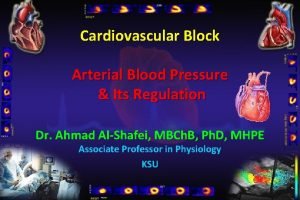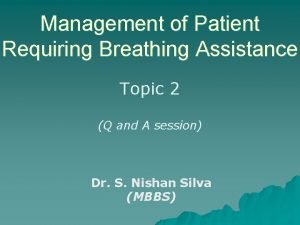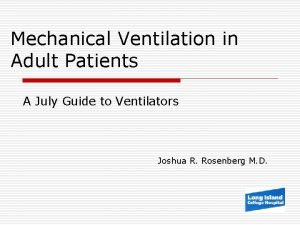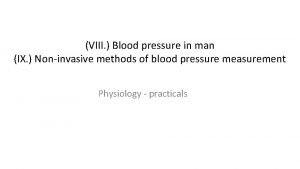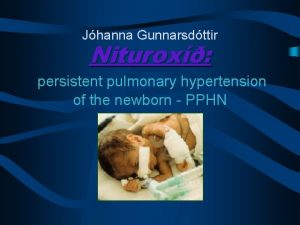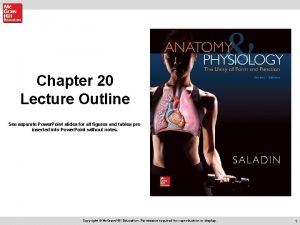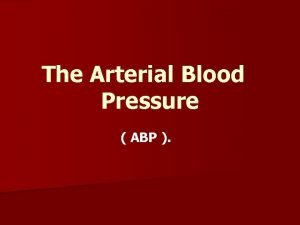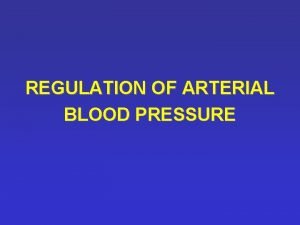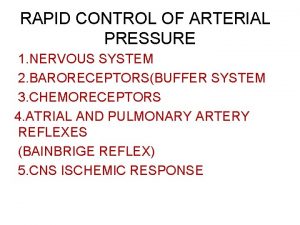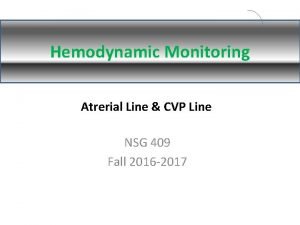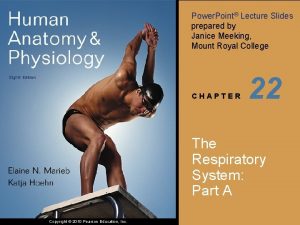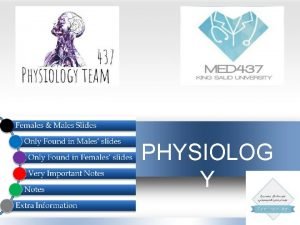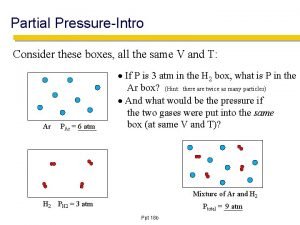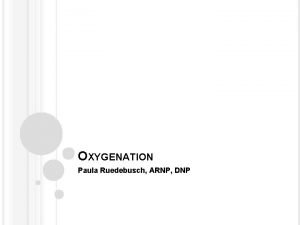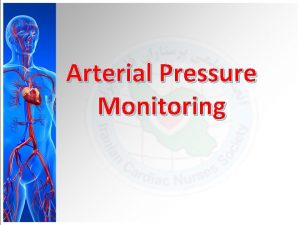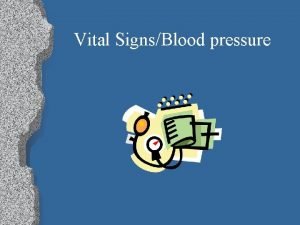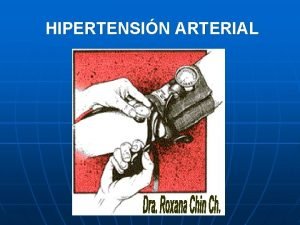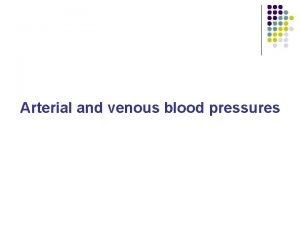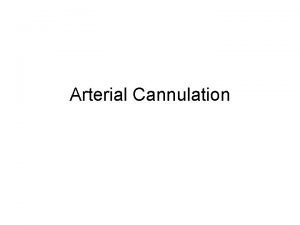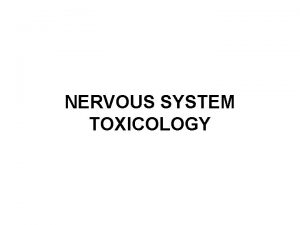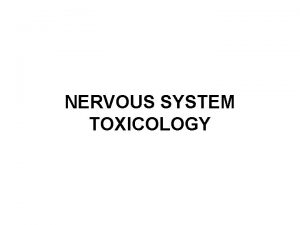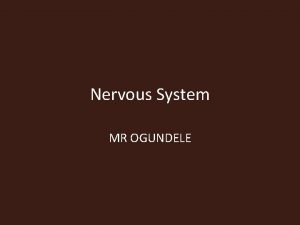RAPID CONTROL OF ARTERIAL PRESSURE 1 NERVOUS SYSTEM


























- Slides: 26

RAPID CONTROL OF ARTERIAL PRESSURE 1. NERVOUS SYSTEM 2. BARORECEPTORS(BUFFER SYSTEM 3. CHEMORECEPTORS 4. ATRIAL AND PULMONARY ARTERY REFLEXES (BAINBRIGE REFLEX) 5. CNS ISCHEMIC RESPONSE


VASOMOTOR CENTER 1 -Vasoconstrictor area upper medulla 2 -Vasodilator area lower medulla they inhibit vasoconstrictor activity 3 - Sensory area posteriolateral portions of medulla and lower pons , receive signal from circulation through vagus and glossopharyngeal and it control activity of both vasoconstrictor and vasodilator areas Of the vasomotor center •

4 -Regulation of heart rate through sympathetic and parasympathetic nerves. HR and strength of contraction increase when vasoconstrictor occurs. 5 - Continuous partial constriction of the blood vessels called sympathetic vasoconstrictor tone

Control of vasomotor center Many parts of the brain can excite or inhibit the vasomotor center : Pons, mesencephalon, diencephalon, hypothalamus, parts of cerebral cortex

BARORECEPTORS

REGULATION OF BP Baroreceptors Afferent nerves Medulla oblongata center Sympathetic efferents SA node, ventricles, Arteriolar smooth muscle Venous smooth muscle

REGULATION OF BP

LONG –TERM REGULATION OF ARTERIAL PRESSURE 1. RENAL BODY FLUID SYSTEM

Response of baroreceptors 1 - No response between 0 -60 mm. Hg 2 -Respond to rapidly changes than to stationary pressure 3 - Changes during changes in body posture 4 -Pressure buffer system 5 -Resetting in long term regulation of BP

Chemoreceptors 1 - Stimulated at low pressure about 80 mm Hg because decrease blood flow and so the oxygen with increase of CO 2 and H 2 - They excite the vasomotor center to increase the BP

Atrial reflex 1 -Strech or volume reflex which decrease • ADH through hypothalamus 2 -Baibrige reflex : Stretch receptors • transmit afferent signals through vagus nerve to the medulla and the efferent through vagal and sympathetic to increase heart rate and strength of contraction

CNS Ischemic response 1 - Cerebral ischemia 2 - Emergency pressure control system 3 - Become significant at low pressure at 1520 mm Hg

LONG –TERM REGULATION OF ARTERIAL PRESSURE 1. RENAL BODY FLUID SYSTEM








THE RENIN- ANGIOTENSIN SYSTEM




 Short note on regulation of blood pressure
Short note on regulation of blood pressure Neuronal pool
Neuronal pool Fundamentals of the nervous system and nervous tissue
Fundamentals of the nervous system and nervous tissue Processes of neurons
Processes of neurons Pressure support vs pressure control
Pressure support vs pressure control ütube
ütube Prvc ventilation
Prvc ventilation Map formula bp
Map formula bp Fifth korotkoff sound
Fifth korotkoff sound Mean pulmonary arterial pressure
Mean pulmonary arterial pressure Arterial pressure points
Arterial pressure points Systolic and diastolic pressure
Systolic and diastolic pressure Vasodilatos
Vasodilatos Cns ischemic response flow chart
Cns ischemic response flow chart Arterial line zeroing leveling
Arterial line zeroing leveling Nervous mechanism for regulation of blood pressure
Nervous mechanism for regulation of blood pressure Nervous system and digestive system
Nervous system and digestive system Endocrine system vs nervous system
Endocrine system vs nervous system Amino acid-based hormones
Amino acid-based hormones Endocrine system
Endocrine system Vmo advancement cpt
Vmo advancement cpt Pressure mapping for pressure ulcers
Pressure mapping for pressure ulcers Intrapulmonary pressure
Intrapulmonary pressure Starling forces equation
Starling forces equation Partial pressure formula
Partial pressure formula Hypoxaemia vs hypoxia
Hypoxaemia vs hypoxia How are metamorphic rocks classified
How are metamorphic rocks classified
